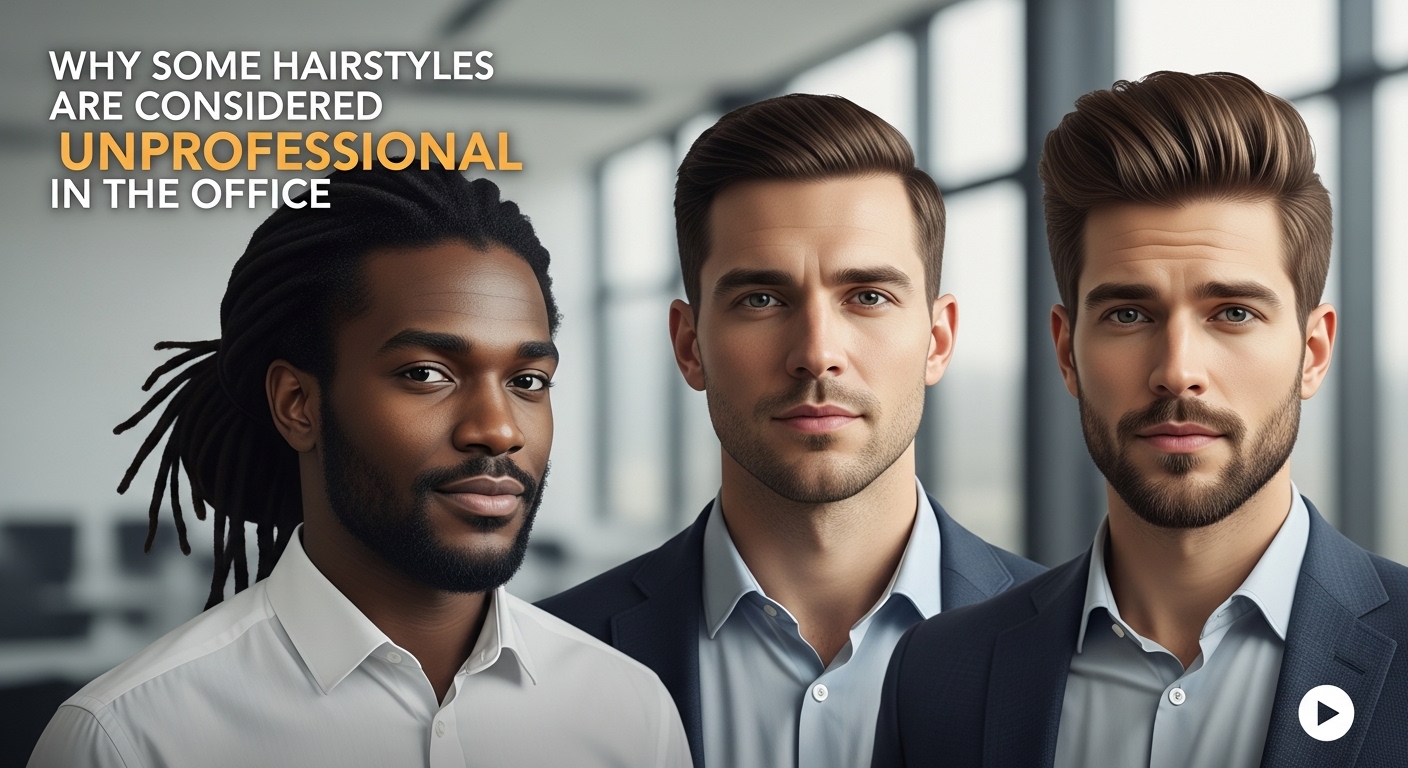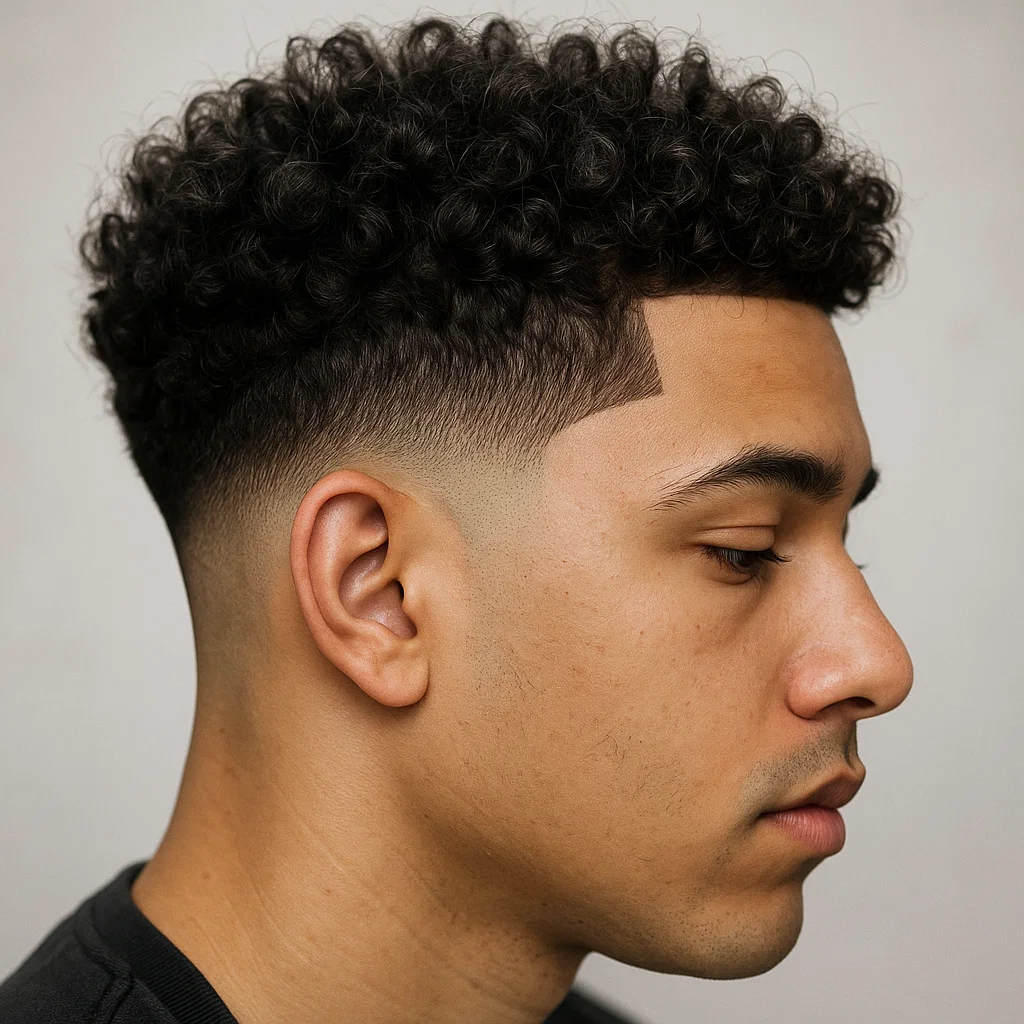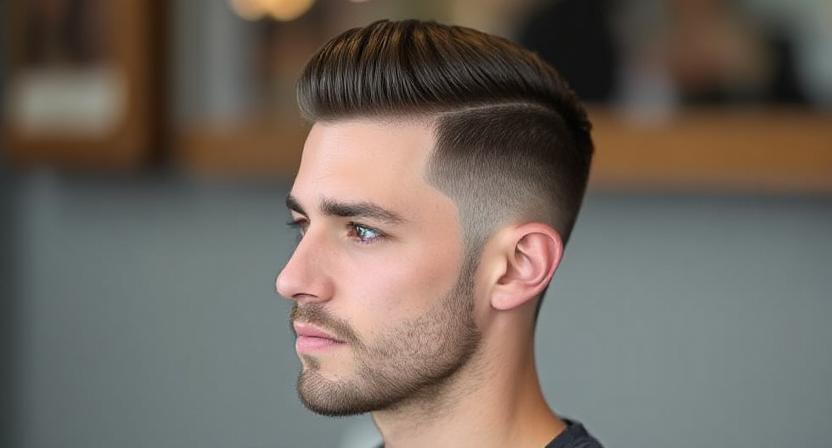Many workplaces are subject to a strange and unspoken rule. Certain hairstyles are perceived unsaid as less professional. Not because they directly impact work efficiency, but because of the way the corporate culture had been molded with time. The term “unprofessional hairstyles” is mentioned quite often in HR meetings, dress code papers, or casual office talks. But what does that term even imply? Who is the one that decides if a hairstyle is professional or not?
The issue is not only about looks. These decorates relate to deeper social norms, cultural background, and the existence of unconscious prejudice. Stylings, which are the subject of celebrations in creative industries, are rejected in the world of finance and the law firms. Although this is inconsistent and sometimes unfair, this is still very much an issue.
The Origins of Hair Standards at Work
The mode of professionalism that the men showed through their appearances was not an instant one. The traditional office environment was greatly dependent on the Western corporate culture. For decades, men were expected to have short neatly trimmed hair.
Women were also forced to have their hair tied back, straightened, or done in a way that looked “clean.” Anything that was different from that strict standard was considered as a distraction. Interestingly, many 70s hairstyles broke away from such rigid norms, embracing volume, waves, and individuality as a form of self-expression.
Hairstyles That Get Unfairly Judged
The targeted hairstyles share common patterns. These include naturals, afros, braids, dreadlocks, mohawks, and even long hair on men. Some companies may consider them casual or rebellious. While others might label them as “too bold” for the workplace.
Examples of Judged Styles
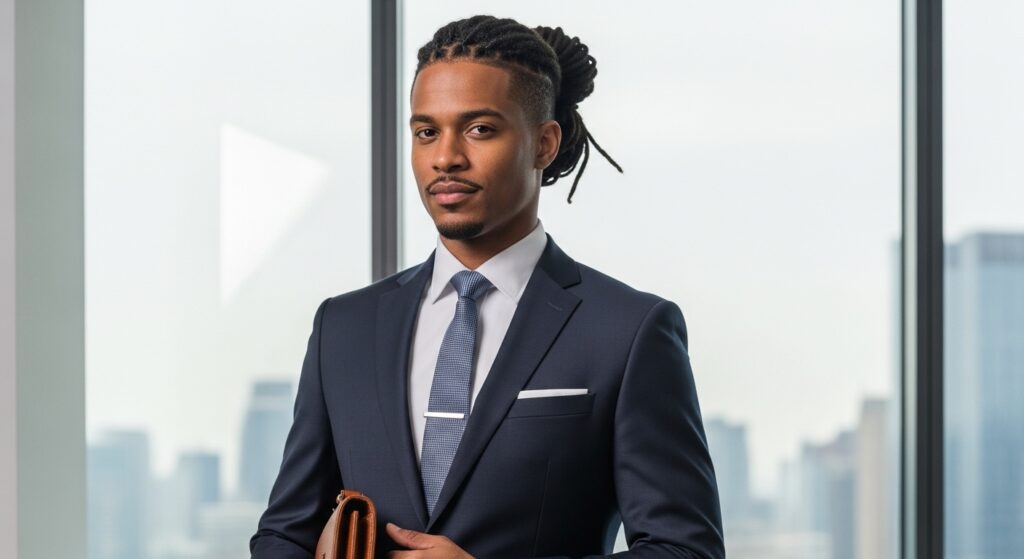
Why Some Hairstyles Are Labeled Unprofessional
The causes are irrational. The sources are bias, stereotypes, and old-fashioned corporate standards. Discrimination against hair is often found intertwined with race, gender, and class issue.
For instance, the natural Black hairstyles have been dubbed unprofessional in office environments, and this is a trend that has been present all the time. It has basically never been about tidiness but rather about being submissive to Eurocentric standards.

Gender Expectations and Hair at Work
Hair was and still is an integral part of gender norms. For females, too much or too little styling has both been the subject of criticism. Brightly dyed girls may receive a piece of their minds saying that it is “unprofessional.”
On the other hand, men are usually advised to keep it short, neat and conservative. Anyone who is not in one of these boxes is likely to receive some kind of reaction.

The Role of Culture and Identity
Hair is symbolic in a lot of different cultures. Braids, locs, and twists are not only physical but also cultural and spiritual symbols.
When companies brand these hair styles as unprofessional, they are going one step beyond just hair by compromising the individuals’ cultural identities. Hair is more than just appearance. It is like an attack on you personally.
Modern Shifts in Attitudes
The changes have occurred mostly over the last ten years. The younger generation is a big force behind the craze for work place authenticity. The things such as tattoos, piercings, and extremely colored hair that were regarded as odd are getting more and more accepted.
Moreover, the point is that not every company is at the same level in terms of the adaptation of the new standards. In the offices that are conservative, there is a possibility that a person with an afro, mohawk, or dyed hair can get the stare or comments from others.
Industries with Strict vs Flexible Hair Norms
| Industry | Hair Expectation | Flexibility |
| Finance | Conservative, clean cuts | Very low |
| Law | Neat, traditional styles | Low |
| Education | Moderate expectations | Medium |
| Tech/Design | Creative freedom | High |
| Hospitality | Clean, uniform look | Medium to low |
So, What Makes Hair Professional or Not?
The fact of the matter is that there is no one-size-fits-all answer for this. The measure of professionalism is a subjective approach. The major things are that one should be very confident and competent in their work. Certain bold styles, like the Hitler haircut, might project confidence but could also be misunderstood depending on the workplace culture.
Still, bias is deeply imposed on the world we live in. Until the way businesses work changes completely, some hairstyles will be “invisible” under the watch.

Final Thoughts
Labeling certain hairstyles unprofessional has almost nothing to do with how people do their jobs. The issue is with the old-fashioned idea that the corporate world has to look a certain way. Hair is a part of culture, an individual’s identity, and their personal style.
Moreover, when the time comes, maybe, no one will be bothered with your hair at work and only your performance will matter.
FAQs
1.What is a hairstyle that is considered unprofessional?
Hairstyles such as dreadlocks, brightly colored hair, afros, mohawks, and long hair for men are typically categorized as unprofessional in conventional workplaces, which is an inaccurate labeling.
2. Why do some employers keep track of hairstyles?
The reason is that it is a product of historical standards of professionalism and is driven by unconscious bias and not by how well the person is performing their job.
3. Is it legal for an employer to impose a ban on the certain hairstyles?
There are some places where it is lawful. However, legislation like CROWN is responsible for making hair discrimination illegal in a lot of US states.
4. Are creative industries more accepting of different hairstyles?
Indeed, the creative sectors such as design, marketing and technology are usually more relaxed with your look and less formal in general.
5. How should I handle comments about my hairstyle at work?
If you keep your cool and reply in a suitable way, you will be handling it correctly.
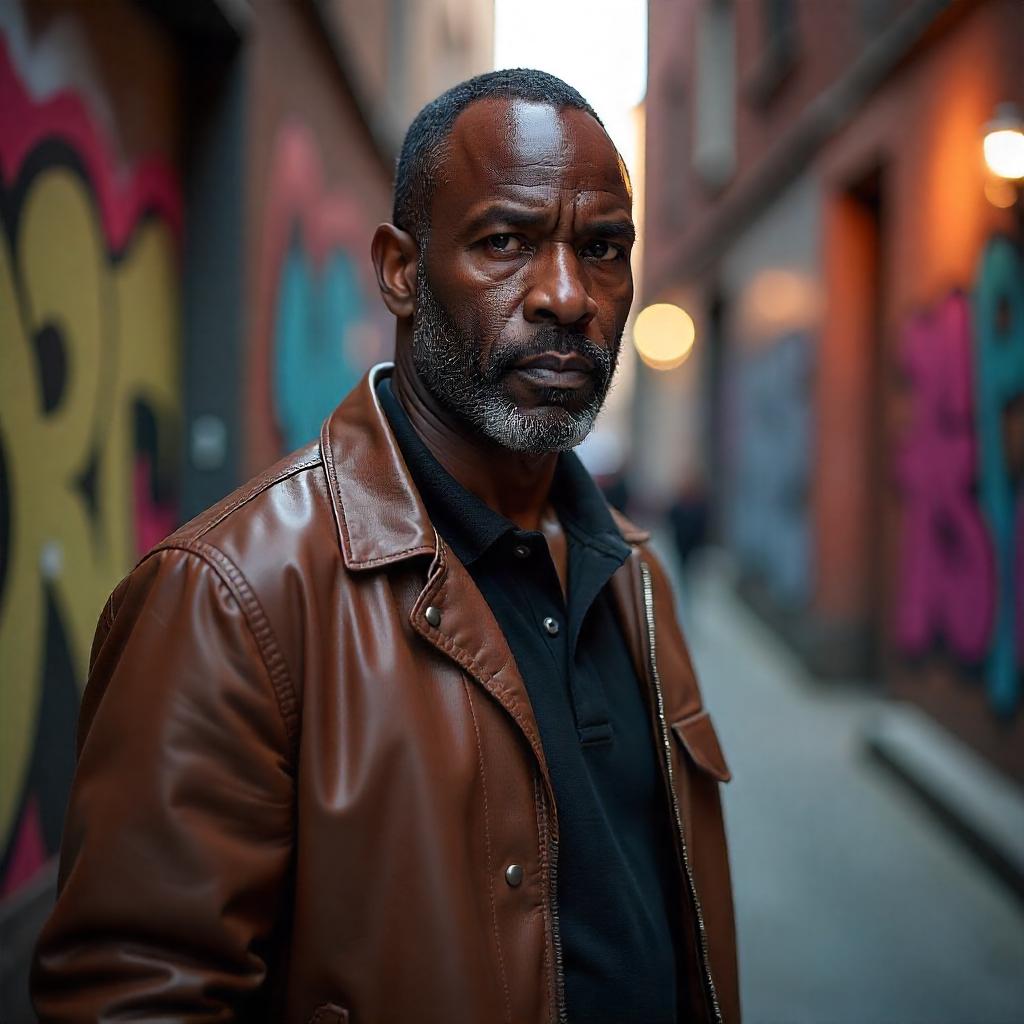
Alex Carey writes about men’s and women’s hairstyles, blending fashion insight with easy-to-follow haircare routines for every hair type. With a keen eye on seasonal trends, Alex helps readers stay updated on what’s hot and what’s not. From daily care tips to complete style makeovers, Alex covers it all.

